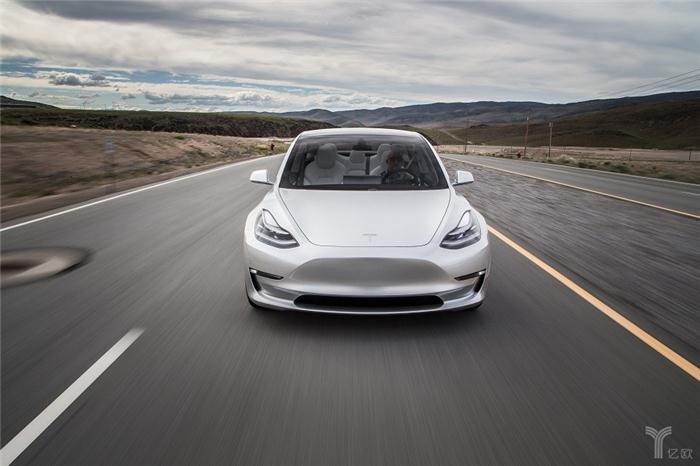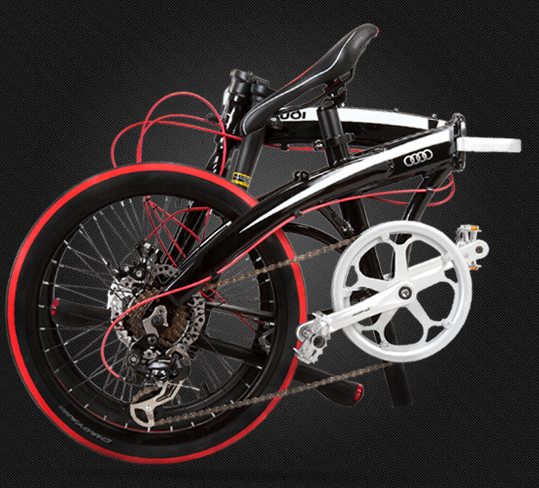More and more people tend to think that new energy vehicles will become the next benchmark for the development of motor vehicles. In the international arena, the turmoil in many countries’ announcement of a comprehensive plan to ban the sale of fuel vehicles has just passed. For example, Britain, France, and the Netherlands have all pointed to diesel passenger cars. Looking at China, the National Development and Reform Commission has already stated that, in principle, it will no longer approve the establishment of new traditional fuel vehicles. In addition, the "double-point system" has just appeared, followed by the list of "recommended models for the promotion and application of new energy vehicles" issued by the Ministry of Industry and Information Technology. The impact of subsidy withdrawal on the market of new energy vehicles is rapidly weakening. At the same time, the construction of charging piles that have long been criticized has accelerated. As of the end of April, more than 170,000 public charging piles have been built across the country, and city-level transport and management platforms are being rolled out in an orderly manner. At present, the development trend of new energy vehicles presents the following characteristics: 1, marked polarization Thanks to the deepening of the environmental protection industry in China, and the beginning of the policy subsidies, we will have more success in the development of new energy vehicles. Today, subsidy retreats, entry thresholds fluctuate, and more demand for new energy vehicles has more stringent requirements. This is undoubtedly a new round of tests on the hardware and technology systems of related car companies. In this context, product performance, vehicle-building technology, vehicle service and other fields will become the competition point for all companies. In this way, whether or not new energy vehicle companies have innovation, whether they have core technology, or whether there is a complete industrial chain, will determine the final result of market share. Obviously, under the conditions of accelerating the survival of the fittest, the internal differentiation is a big cleansing that will inevitably occur. 2. The electric label becomes clearer The new energy automobile industry has developed to the present day. Even though there are defects in battery life, battery technology, maintenance and management, it still has the inherent advantages over traditional fuel vehicles. Many people in the industry believe that even for a long period of time, fuel vehicles, hybrid vehicles, and pure electric vehicles will co-exist in the market, and the future development label will still be "electricalized." This can be seen from the changes in the market share of China's pure electric vehicles, from less than 2% to more than traditional fuel vehicles, the industry is expected to change in more than a decade. From the viewpoint of environmental protection and energy consumption, as long as we overcome cost barriers and build a complete operation and maintenance system, the possibility of purely electric-driven future blueprints will be greatly enhanced. 3, the future of intelligent networking Concepts such as big data, the Internet of Things, and smart homes are presumably no longer familiar to people today. The concepts of intelligence, information network and automation are entering millions of households, and the same is also infiltrating the future of the automotive industry. If we say that driverless cars are in line with the future from design to manufacturing, then new energy vehicles rely on the advantage of “beginning late†to advance into the field of science and technology. With the development of the automotive industry today, the trend of functionalization is becoming more and more prominent, and network-linked technology is one of the extensions of this multi-dimensional extension. In order to seize the high ground of the market, manufacturers of new energy vehicles have all deployed advanced auxiliary driving systems, docking mature intelligent network technology and embedding new types of components such as sensors and radars, and are committed to adding more added value to the products. 4, the main branch of the industry chain To sum up, the path for the development of new energy vehicles will inevitably not be a backbone to the end. As we all know, the major segments of the new energy automobile industry chain are mainly vehicle manufacturing, battery systems, and after-sales operation and maintenance. Today, the extension of the industrial chain brought about by development demand has added many branches to the new energy automotive industry. First of all, the intensified competition has brought about a wave of mergers and reorganizations. Whether it is carrying capital, carrying technology, or bringing in peripheral industries, it will affect the form of the industry chain. Second, car companies and new material companies will cooperate with car companies and intelligent system developers. , car companies and hydrogen fuel technology brand cooperation ... ... the upper and lower reaches, the left and right walls all open; Moreover, light weight, multi-mode, high intelligence and other labels, directly from the new energy automotive modernization of the main branch of the industrial chain. 5. It is expected to leap to the international stage In fact, according to experts' forecasts, the market share of new energy vehicles in China is expected to exceed the international advanced level within the next three to five years. As a first-line country with a large number of motor vehicles, the potential for new energy vehicles to replace and add new markets is considerable. Diversification of consumption patterns is one of the advantages of the “going out†of new energy vehicle enterprises in China, and the technology and scale are expected to follow up. Up to now, China's auto industry has been hampered in terms of exports, and sales of new energy vehicles have shown an upward trend. The average price of ordinary new energy exports is low, and the export volume is large. Pure electric passenger cars with higher grades have smaller export scale, but the unit price is high. In other words, whether it is good or normal technical processes have their own export advantages. Moreover, new energy vehicle companies are also very active in foreign cooperation, or R&D cooperation, capital cooperation, or trade cooperation. Of course, it is undeniable that the development of new energy vehicles in China is also a "sequel." However, as long as we follow the path, we must persist in preparing for the ambiguity, and always focus on strengthening the core of our own strength and finding a more valuable industrial advantage on the basis of meeting the demand. We can naturally be a rock in the tide of replacement of the market.
Compared to traditional bicycles, folding bicycles can be more convenient to use.
The small size of the foldable Bike allows you to take it on buses, subways and other means of transport or in lifts, making it the best choice for convenient urban commuting. You can easily put it in the trunk of your car and take it to your destination to ride your bike, and it's affordable, compared to mountain bike road bikes which are more cost-effective in price. The Foldable Bike Parts usually cheaper than the mountain bike parts. Such as the Bicycle Hub, the frame, etc.
However, the drawbacks are also obvious; the folding frame are not as strong as the one-piece frame of a mountain bike, and climbing hills is more strenuous than with a mountain bike, btw, the front Folding Bike Hub is too small for force. It is slower and less comfortable than a mountain bike on long rides.
If you ride in the city, or go for a short ride once in a while, it is fine to buy a folding bike. If you climb a lot, like to go off-road, or ride long distances, the mountain bike or the road bike is more recommended.
Folding Bicycle Hubs,Folding Bike Hub,Folding Hub,Bicycle Hub,Foldable Bike Parts Suzhou Jingqiyao Intelligent Technology Co., Ltd. , https://www.polsobike.com
![]()

The core message: As the automotive industry develops to the present day, the trend of functionalization becomes more and more prominent, and the network-linked technology is one of such extensions. In order to seize the high ground of the market, new energy automobile manufacturers have all deployed advanced auxiliary driving systems, docked mature intelligent network technology, embedded sensors, radar and other new types of supporting parts, and are committed to adding value to the products.